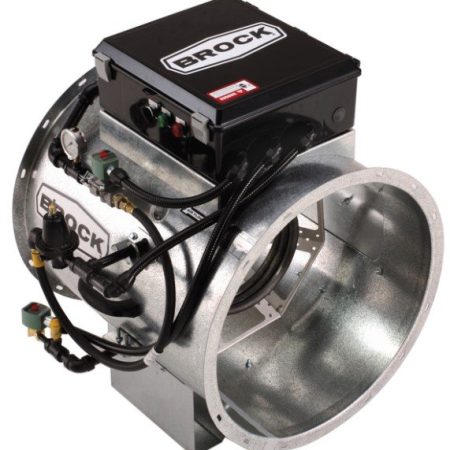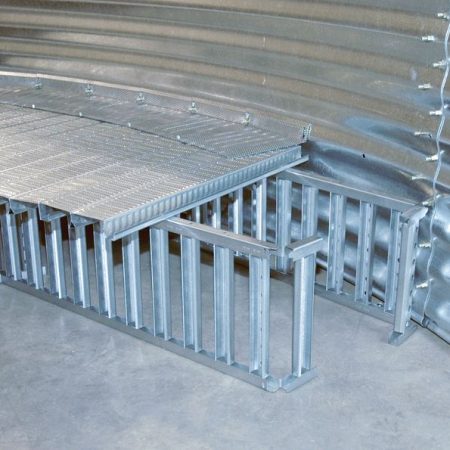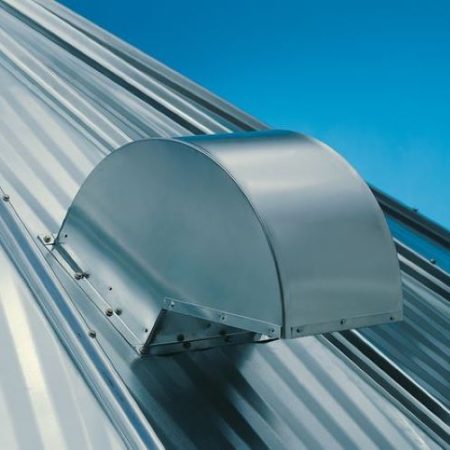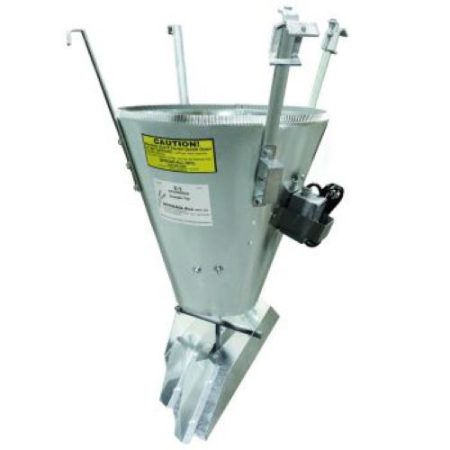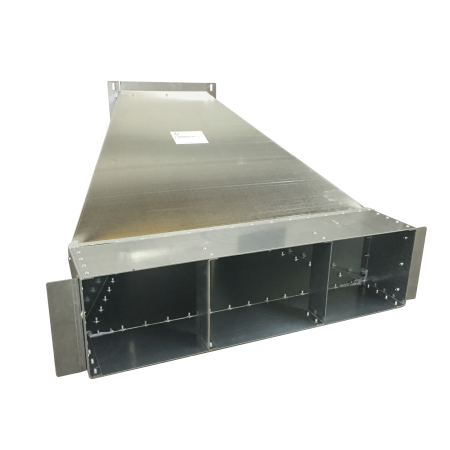Grain Conditioning: The Foundation of Safe, Efficient Grain Storage
Grain conditioning is one of the most critical components of post-harvest grain management. Whether you’re storing corn, soybeans, wheat, or other commodities, proper conditioning ensures that your grain remains safe, marketable, and high in quality for extended periods. Conditioning involves managing the grain’s moisture content and temperature to prevent spoilage, insect activity, and mold growth. This process relies heavily on the effectiveness of your grain handling equipment—particularly grain bin aeration heaters, fans, floors, and spreaders.
Each of these elements plays a unique and essential role in maintaining a consistent and stable environment within the bin. When used together, they create an efficient, integrated system that supports proper grain conditioning from the moment grain enters the bin until it is unloaded.
The Importance of Grain Conditioning
Harvested grain is often too warm and moist to store safely for long periods. If left unchecked, high temperatures and moisture content can lead to rapid deterioration, including mold, hot spots, clumping, and insect infestation. These issues not only reduce the quality and weight of your grain but can also result in total loss if not managed properly.
Grain conditioning slows the natural biological activity within the grain and maintains a uniform environment throughout the bin. This is where specialized equipment comes in, helping you control temperature and moisture efficiently and consistently, even in large volumes.
Grain Bin Aeration Heaters: Fine-Tuned Moisture Control
Aeration heaters are a powerful tool in the grain conditioning process, especially during colder months or in regions with fluctuating humidity. These heaters are used in conjunction with aeration fans to gently warm the air entering the bin, allowing it to hold more moisture as it flows through the grain.
By carefully raising the temperature of the air, aeration heaters prevent condensation and help lower grain moisture content gradually without overheating. This is especially important during late fall and early winter when ambient air may be too cold to dry grain effectively. Controlled drying with aeration heaters helps maintain grain integrity, preventing stress cracks and preserving quality during long-term storage.
Grain Bin Fans: The Heart of Aeration
At the core of every grain conditioning system are grain bin fans. These fans push air through the bin floor and up through the grain, promoting even drying and cooling. Effective airflow helps prevent the development of hot spots—localized areas where temperature and moisture spike, creating ideal conditions for mold growth and insect activity.
Fans come in various sizes and capacities, and the right selection depends on bin size, grain type, and storage conditions. High-capacity axial or centrifugal fans offer strong, uniform airflow, ensuring that all parts of the grain mass are conditioned evenly. When paired with a properly designed floor system and controlled by automated sensors, fans provide continuous or intermittent airflow to maintain grain condition with minimal labor.
Grain Bin Floors: Supporting Airflow and Stability
While often overlooked, grain bin floors are essential to effective grain conditioning. Most modern systems use perforated floors that allow air from the fans to pass up through the grain. A well-designed floor system ensures even airflow across the entire bin, allowing consistent moisture removal and temperature control.
In addition to airflow, the floor provides a stable and durable surface capable of supporting thousands of bushels of grain and the equipment used during loading and unloading. Floors must be clean, intact, and properly supported to avoid airflow blockages and structural issues. Grain conditioning is only as effective as the airflow it relies on—and a solid, perforated floor is what makes that airflow possible.
Grain Bin Spreaders: Promoting Uniform Grain Distribution
Uneven grain distribution is one of the leading causes of poor conditioning. When grain is dumped into a bin without a spreader, it tends to form a cone shape with fine materials concentrated in the center. These fines restrict airflow and create hot spots that lead to spoilage. Grain bin spreaders solve this problem by evenly distributing grain as it enters the bin.
By creating a level surface and minimizing fine concentration, spreaders improve airflow and promote uniform drying and cooling. Some models even separate out fines and distribute them to the edges of the bin, where airflow is stronger. This seemingly small piece of equipment can make a significant difference in how effectively the rest of your system performs.
Integrated Conditioning: A System, Not Just Components
Each piece of grain conditioning equipment—heaters, fans, floors, and spreaders—works best when part of a well-integrated system. Relying on only one or two components without considering the full picture can result in uneven conditioning, wasted energy, and spoiled grain.
For example, high-capacity fans are ineffective without a quality floor to distribute the air properly. Similarly, grain spreaders are only beneficial when the airflow system is optimized to take advantage of the improved grain distribution. Aeration heaters can accelerate drying, but without fans to move that air and sensors to monitor conditions, they can quickly become inefficient or even dangerous.
By investing in a complete, well-matched conditioning system, you ensure that each component supports the others. Automated controllers, temperature and moisture sensors, and remote monitoring options further enhance efficiency, giving you real-time insights into bin conditions and allowing you to make informed decisions before problems arise.
Conclusion
Grain conditioning is not just a best practice—it’s a necessity. Without it, stored grain can quickly deteriorate, leading to financial loss and operational setbacks. By utilizing a full system of grain bin aeration heaters, fans, floors, and spreaders, you can maintain safe storage conditions, protect grain quality, and improve the overall efficiency of your grain handling operation.
Every successful grain storage system begins with the right foundation. With reliable equipment and a proactive approach to conditioning, you’ll be well-positioned to preserve the value of your harvest from the moment it enters the bin until the day it’s sold.

